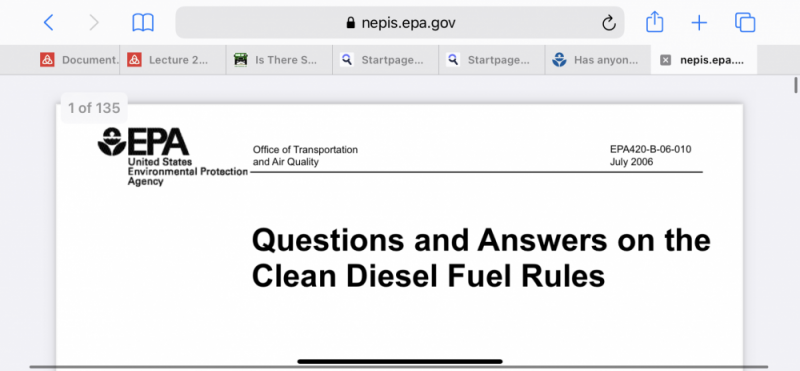MrMarty51
Well-Known Member
I try to fuel at the Cenex station that has the Road Master Fule. This fuel is suppose to be like fueling with premium on a gasoline powered vehicle. Adding some performance with the higher cetane level.
I guestimate how much of the Stanadyne performance formula to pour in before fueling, this also adds more cetane to the mix.
Is there a point to where there can be too much cetane ?
Not knowing how much cetane is in the Cenex fuel There really is no base to start with on that formula.
I guestimate how much of the Stanadyne performance formula to pour in before fueling, this also adds more cetane to the mix.
Is there a point to where there can be too much cetane ?
Not knowing how much cetane is in the Cenex fuel There really is no base to start with on that formula.


